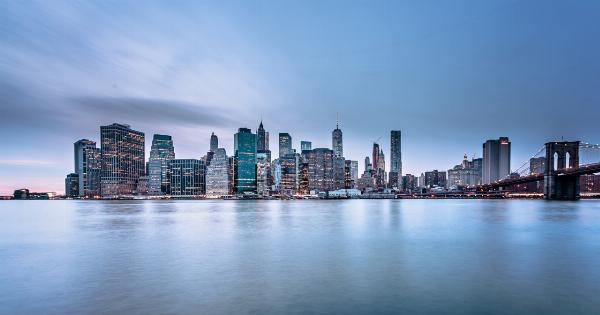Body image is something that has been a concern for both men and women for as long as recorded history.
However, in recent years, there has been a rise in the number of women who are rejecting the traditional standards of beauty and instead, embracing their natural forms. This has been brought about by a number of factors, including the growth of movements like body positivity and the focus on health over beauty.
The History of Body Image for Women
Historically, the ideal body shape for women has varied based on factors such as culture, geography, and even class. In some cultures, a curvy figure was prized, while in others, a slender and toned physique was the goal.
In Western cultures, the idea of the ‘perfect’ female body shape has changed drastically over the past century. During the early 1900s, women were expected to have an hourglass figure, with a small waist and curvy hips. In the 1920s, a more boyish shape, with a flat chest and narrow hips, became fashionable.
Then, in the 1950s, Marilyn Monroe and other actresses who had fuller figures became popular, and curvy hips and busts became popular once again.
In recent years, the ideal body shape has become increasingly unrealistic and unattainable for the majority of women.
The rise of social media and the increasing focus on image has contributed to this, with the internet allowing for the proliferation of images of ‘perfect’ bodies that are often airbrushed or digitally manipulated. This has resulted in a rise in body dysmorphia and other disorders, as women feel pressure to meet these impossible standards.
The Rise of Body Positivity
In response to the unrealistic expectations placed on women, there has been a growth in body positivity movements over the past few years.
These movements aim to encourage women to embrace their natural bodies and reject the idea that there is only one ‘ideal’ body shape. The movement started on social media, with hashtags like #bodypositivity and #effyourbeautystandards gaining popularity.
Celebrities have also been vocal about their support for the movement, with stars like Ashley Graham and Lizzo promoting body positivity and self-love.
The body positivity movement encourages women to love and accept their bodies as they are. It is not about promoting obesity or unhealthy lifestyles, but instead, it is about recognizing that beauty comes in many shapes and sizes.
It encourages women to reject the narrow and unrealistic beauty standards that have been imposed on them, and instead, celebrate their differences and unique features.
The Focus on Health Over Beauty
In addition to the rise of body positivity movements, there has also been a shift in focus from beauty to health. Women are increasingly prioritizing their health over their appearance, recognizing that a healthy body is a beautiful body.
This shift has been driven by a growing awareness of the links between health and wellbeing, as well as the importance of self-care.
The rise of fitness influencers and wellness gurus on social media has also contributed to this shift, with women seeking out advice on how to live healthier and happier lives.
The emphasis is no longer on being thin or having a certain body shape, but instead, it is on being strong, fit, and healthy. Women are now celebrating their bodies for what they can do, rather than how they look.
The Rise of Diversity
Another factor that has contributed to the changing attitudes of women towards their bodies is the rise of diversity in the media. In recent years, there has been a push for greater representation of women of all shapes, colors, and sizes in the media.
This has resulted in a greater recognition of the fact that there is no one ‘ideal’ body shape, and that beauty comes in many forms.
This push for diversity has been driven by women themselves, who are demanding to see themselves represented in the media.
Brands and media outlets are now recognizing the importance of diversity and are actively seeking out women who represent a range of shapes and sizes.
The Role of Fashion and Clothing Brands
Fashion and clothing brands have also played a role in the changing attitudes of women towards their bodies.
In the past, many fashion brands catered only to women who fit into a narrow range of sizes, leaving a large portion of the population unable to find stylish and fashionable clothing that fit them well.
However, in recent years, there has been a push for greater inclusivity in the fashion industry.
Brands are now recognizing that women come in all shapes and sizes, and are expanding their ranges to include plus-size clothing, as well as clothing for women who are tall, petite, or have disabilities.
The Future of Body Image for Women
The changing attitudes of women towards their bodies are undoubtedly a positive step forward. Women are rejecting narrow beauty standards and embracing their natural forms, recognizing that beauty comes in many shapes and sizes.
They are prioritizing their health over their appearance, and celebrating their bodies for what they can do, rather than how they look.
However, there is still a long way to go. The media and advertising industries continue to promote unrealistic beauty standards, and there is still a lack of diversity and inclusivity in many areas.
Women continue to face pressure to conform to these narrow standards, which can have damaging effects on their mental and physical health.
Ultimately, the future of body image for women will depend on the collective efforts of society.
By continuing to promote diversity and inclusivity, and rejecting the narrow beauty standards that have been imposed on women for so long, we can create a world in which all women feel confident and beautiful in their own skin.































